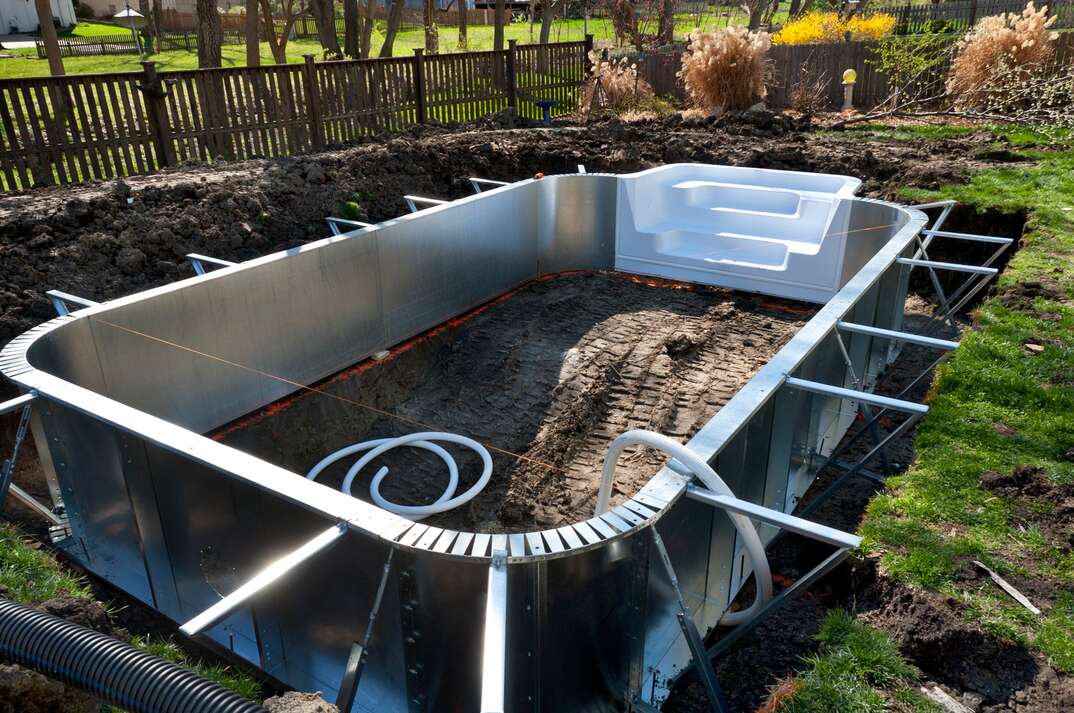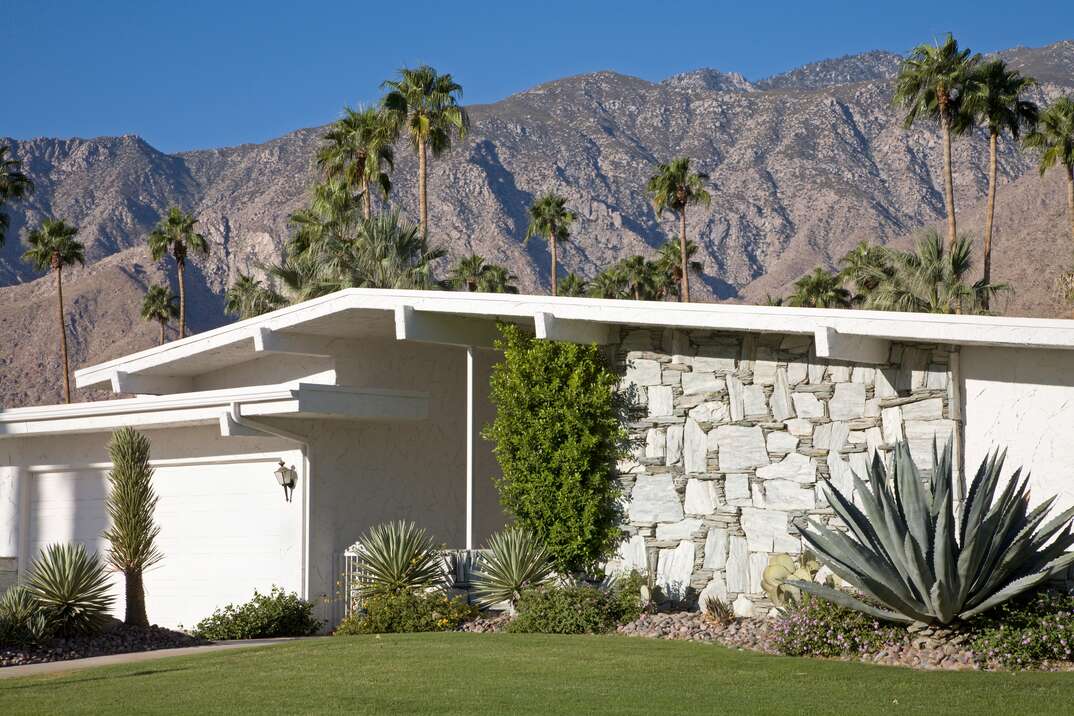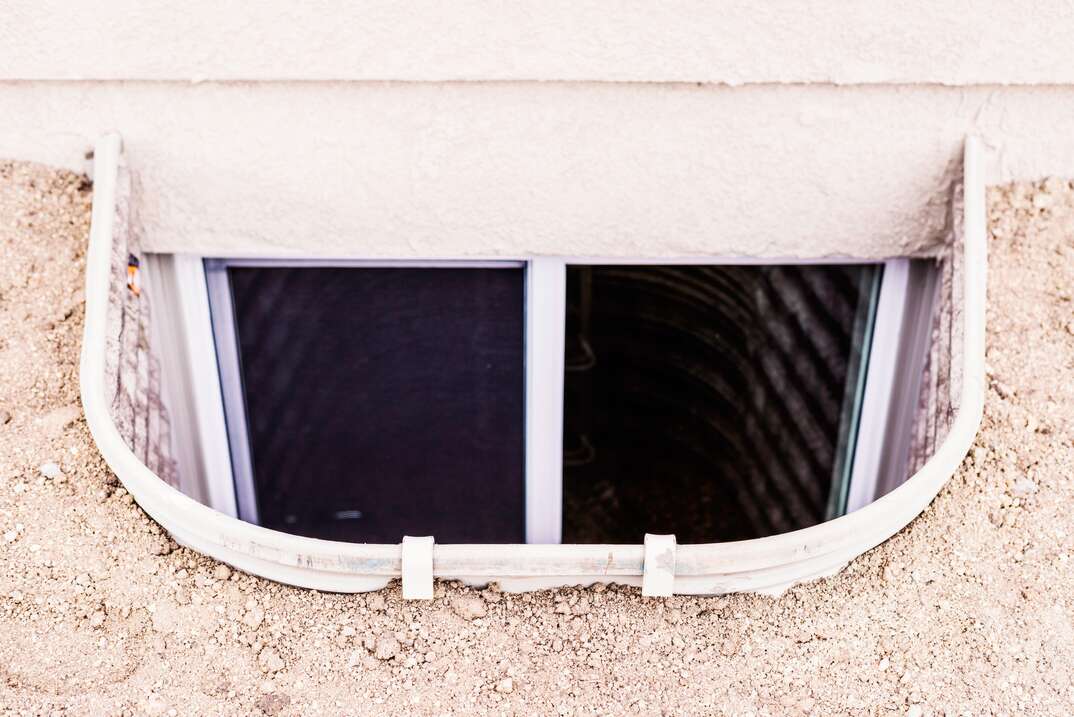Not Ready to Go All-in? Here's How Much a Semi-Inground Swimming Pool Costs

One of the best things about owning a home is being able to include the features that you enjoy, and one of the most popular features for many homeowners is a swimming pool.
This May Also Interest You: How Much Does an Above-Ground Pool Cost?
However, not everyone has the budget and space to create an inground pool design, especially when they're living in their first home and might not necessarily plan on living there in the next few years. Above-ground pools can be an option for these people, but they don't add any value to the home and, depending on the design, aren't always pleasant to look at if you're on a busy street.
What can you do instead? A semi-inground pool might be the perfect solution for those homeowners who don't have the desire for an above-ground pool and don't have the space or budget for a traditional inground pool. If you live on rocky terrain, the cost to excavate the land enough for an inground pool could be too great, making a semi-inground pool a much better option. Find out more about semi-inground pool costs below.
What Is a Semi-Inground Pool?
As its name implies, an installed semi-inground pool sits somewhat in the ground, raised somewhat higher than an inground pool. It comes at a lower cost to install than an inground pool yet lasts much longer and looks better than an above-ground pool. If your home doesn't really have space for a fully inground pool, asking a pool installer to put a semi-inground pool in place can be an excellent compromise, as you can set your pool into the ground as far as the land will reasonably allow without compromising its integrity.
What Costs Are Involved in Installing a Semi-Inground Pool?
When you opt for semi-inground pool installation, you pay for excavating the land to fit your new pool as well as for the materials and the water needed to fill it properly.
Options for filling your pool with water include using your hose, which can be expensive if you pay for water by volume, and it takes a long time. You may not be able to do this at all if you're on a well, as running that much continuous water might damage your pump or reduce the water in your well too much. In these cases, you can pay to have water delivered via tanker truck to fill your pool.
You'll also need to ensure you have the right materials to take care of your pool properly. This might entail buying supplies and equipment or paying a company to manage pool cleaning and maintenance for you.
Some homeowners also enjoy having a deck or other structure around the pool. The materials and work to install such a structure may increase the overall price of your project.
More Related Articles:
- Putting in a Pool? Here’s Everything You Need to Know
- How Much Does a Concrete Pool Cost? The Price Isn’t Set in Stone
- Can You Install an Indoor Pool Without Getting in Over Your Head?
- How Does a Solar Pool Heater Work and How Much Does It Cost?
- How, When and Why to Drain Your Swimming Pool
How Do Costs Compare to an Inground or Above-Ground Pool?
In most cases, LawnStarter says you can expect to pay about $8,400 to $22,500 (CAD 10,800 to CAD 29,000) for everything needed to get your semi-inground pool up and running. By contrast, a fully inground pool costs about $55,000 (CAD 71,000). Above-ground pools, meanwhile, cost around $2,500 (CAD 3,200), making them best for those with very small budgets.
However, unlike an above-ground pool, a semi-inground pool can increase your home's value just like a fully inground pool can. If you surround it with hardscaping, plants, water features and other permanent fixtures, you can use your pool as a selling point to entice potential buyers. An above-ground pool simply can't do that, as it's only a temporary structure and not a potentially permanent piece of a house.
If you're looking to really enjoy your home life in the summer, a semi-inground pool can be a relatively affordable way to make that happen while adding real value to your house.
All CAD conversions are based on the exchange rate on the date of publication.

.jpg)
